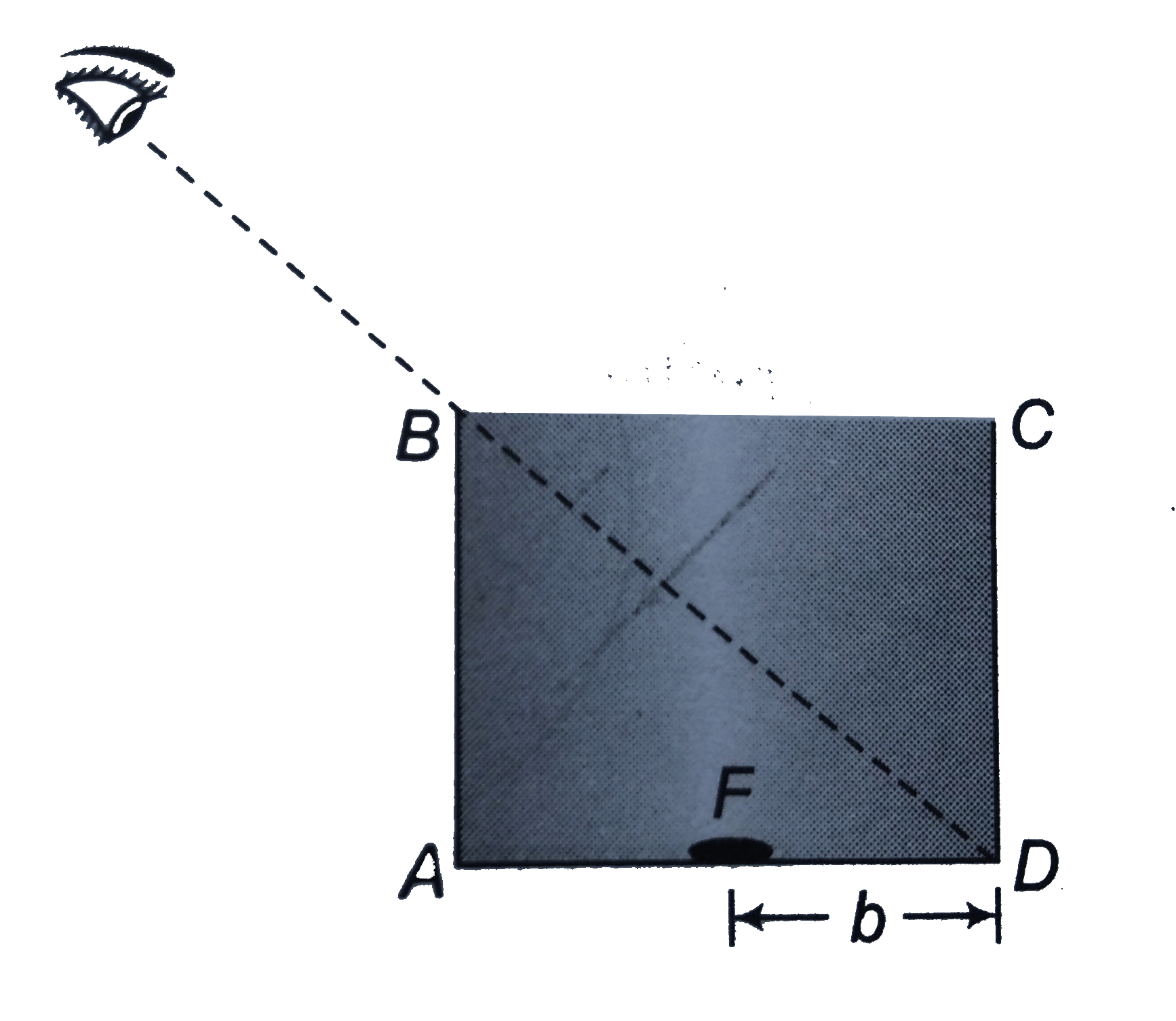Boil about 100 ml of ground water in a vessel dryness. After all water get evaporated observe the inner wall of the vessel. Can you observe any deposits?
The correct Answer is:Yes, this is the deposit of dissolved salts present in water.
Topper's Solved these Questions
Similar Questions
Two test tubes X and Y are filled with water and mercury, respectively. After these two liquids were poured, water drops on the inner walls of X were observed but no mercury drops in Y were seen. Give reasons.
View SolutionIn a cylindrical metallic vessel some water is taken and is put on a burner. The bottom surface area of the vessel is 2.5×10−3m2 and thickness 10−3m. The thermal conductivity of the metal of vessel is 50W/m∘C. When water boils, it is observed that 100 gm water is vaporized per minute. Calculate the temperature of the bottom surface of the vessel. Given that the latent heat of vaporization of water is 2.26×106J/kg.
View Solution
Knowledge Check
There is 4% sugar in the 12 ltr solution of sugar and water. After boiling 2 ltr.water get evaporated from it. Then the % of left sugar in the solution?
A4.8%B3.8%C4.7%D4.5%A long cylindrical vessel has a small hole of diameter D at its bottom. This vessel can be lowered vertically in water to a depth h without any water entering the vessel. Given : A=surface tension, B=density of liquid, C=acceleration due to gravity. The value of h is
AADBCB2ADBCC3ADBCD4ADBCA certain vessel X has water and nitrogen gas at a total pressure of 2 atm and 300K. All the contents of vessel and transferred to another vessel Y having half the capacity of the vessel X. The pressure of N2 in this vessel was 3.8 atm at 300K. The vessel Y is heated to 320K and the total pressure observed was 4.32 atm. Assume that the volume occupied by the gases in vessel is equal to the volume of the vessel. Calculate the following:
Pressure of water vapour at 320K.A0.27B0.32C4.0D1.0
Two test tubes X and Y are filled with water and mercury, respectively. After these two liquids were poured, water drops on the inner walls of X were observed but no mercury drops in Y were seen. Give reasons.
View SolutionA long cylindrical vessel has a small hole of diameter D at its bottom. This vessel can be lowered vertically in water to a depth h without any water entering the vessel. Given : A=surface tension, B=density of liquid, C=acceleration due to gravity. The value of h is
View SolutionA cubical vessel with non-transparent walls is so located that the eye of an observer does not see its bottom but sees all of the wall CD.
To what height should water be poured into the vessel for the observer to see an object F arranged at a distance of b=10cm from corner D? The face of the vessel is a=40cm. Refractive index of water is 43.

View SolutionA cubical vessel with non-transparent walls is so located that the eye of an observer does not see its bottom but sees all of the wall CD.
To what height should water be poured into the vessel for the observer to see an object F arranged at a distance of b=10cm from corner D? The face of the vessel is a=40cm. Refractive index of water is 43.

View SolutionA certain vessel X has water and nitrogen gas at a total pressure of 2 atm and 300K. All the contents of vessel and transferred to another vessel Y having half the capacity of the vessel X. The pressure of N2 in this vessel was 3.8 atm at 300K. The vessel Y is heated to 320K and the total pressure observed was 4.32 atm. Assume that the volume occupied by the gases in vessel is equal to the volume of the vessel. Calculate the following:
Pressure of water vapour at 320K.
View Solution
